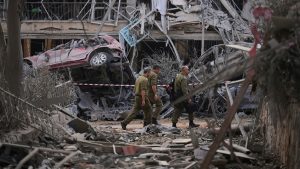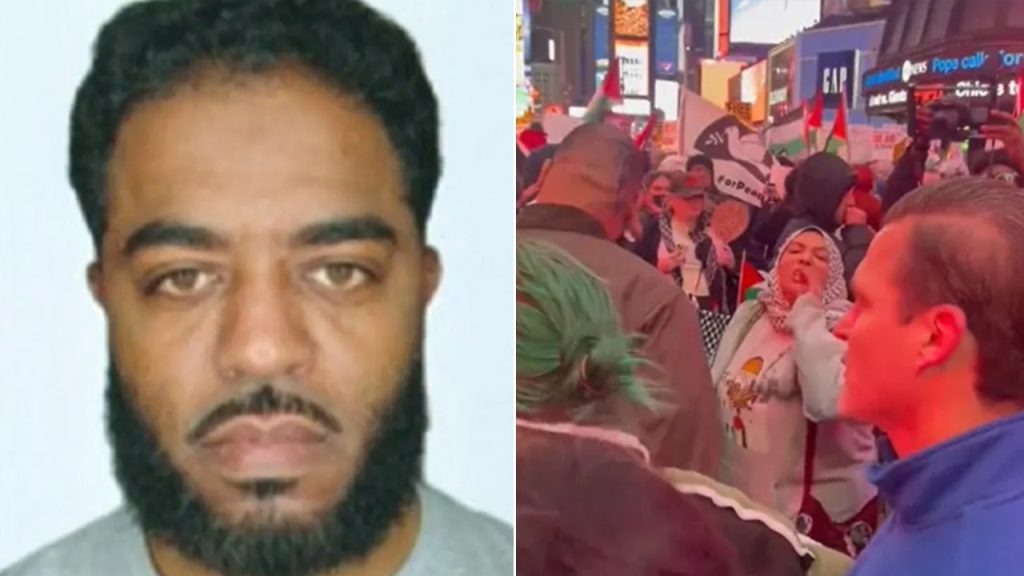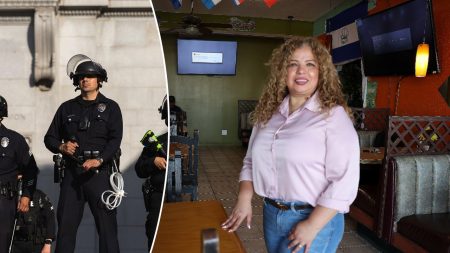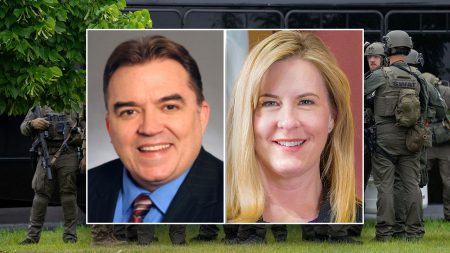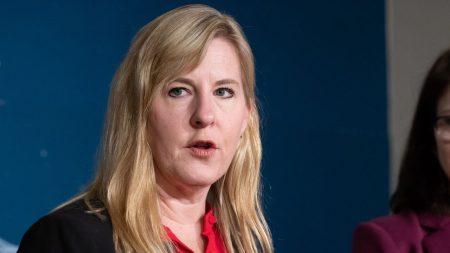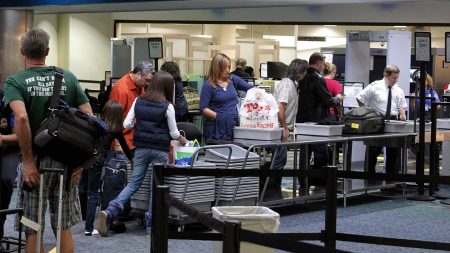The intersection of two distinct events on New Year’s Day 2024—a terrorist attack in New Orleans and a pro-Palestinian demonstration in New York City—highlighted the complex and often volatile dynamics of international conflict and its reverberations within the United States. While separated geographically, the events became intertwined in the media narrative, raising questions about potential connections, the nature of extremism, and the freedom of expression within the context of political protest.
In New Orleans, the festive atmosphere of New Year’s Eve turned tragic when Shamsud-Din Jabbar, a 42-year-old U.S. citizen and Army veteran, drove a pickup truck into a crowd on Bourbon Street. The attack, which claimed the lives of 15 people, including Jabbar, and injured 35 others, was immediately investigated as an act of terrorism. The FBI subsequently uncovered evidence linking Jabbar to ISIS, including Facebook videos in which he declared allegiance to the terrorist group and provided a will and testament. The discovery of improvised explosive devices (IEDs) near the attack site further underscored the premeditated and potentially devastating nature of Jabbar’s actions.
Just hours after the New Orleans attack, hundreds of demonstrators gathered in Times Square, New York City, for a protest organized by the Palestinian Youth Movement, the Party for Socialism and Liberation, and the People’s Forum. The protest, which focused on the Palestinian cause and opposition to Israeli policies, featured chants calling for an “intifada revolution,” a term associated with Palestinian uprisings against Israeli occupation. Demonstrators also carried signs condemning Zionism, U.S. aid to Israel, and potential military action against Iran. The timing of the protest, so close to the New Orleans attack, inevitably drew scrutiny and raised concerns about potential connections, although no direct link between the two events has been established.
The convergence of these two events ignited a heated debate about freedom of speech and the boundaries of acceptable protest. While the New York demonstrators were exercising their First Amendment rights, the content of their chants and signs, particularly the call for an “intifada revolution,” sparked controversy. Critics argued that such rhetoric, especially in the wake of a terrorist attack, could be interpreted as incitement to violence and potentially embolden extremist elements. Supporters of the protest, however, maintained that the demonstrators were expressing legitimate political grievances and that their right to do so should be protected, regardless of the timing or content of their message.
Further fueling the controversy was a planned “Procession for Palestine” in New Orleans, scheduled for January 6th, just days after the Bourbon Street attack. Organized by New Orleans Musicians for Palestine, the procession aimed to express solidarity with the Palestinian people and advocate for a world free from war, colonialism, capitalism, and white supremacy. The proximity of the procession to the site of the terrorist attack and the inclusion of anti-Zionist messaging raised concerns about potential insensitivity and the risk of escalating tensions. Organizers, however, defended the event as a peaceful expression of solidarity and a necessary platform for raising awareness about the Palestinian cause.
The New Year’s Day events and their aftermath underscore the complex interplay between domestic and international conflicts, the challenges of balancing freedom of expression with national security concerns, and the potential for extremist ideologies to inspire violence. The investigation into the New Orleans attack continues, as authorities seek to determine Jabbar’s motivations and whether he acted alone or as part of a larger network. Meanwhile, the debate over the appropriateness and potential consequences of the pro-Palestinian protests continues to unfold, highlighting the deep divisions within American society regarding the Israeli-Palestinian conflict and the broader struggle against terrorism. The events serve as a stark reminder of the ongoing threat of extremism and the importance of fostering dialogue and understanding in a world increasingly polarized by political and ideological differences.


